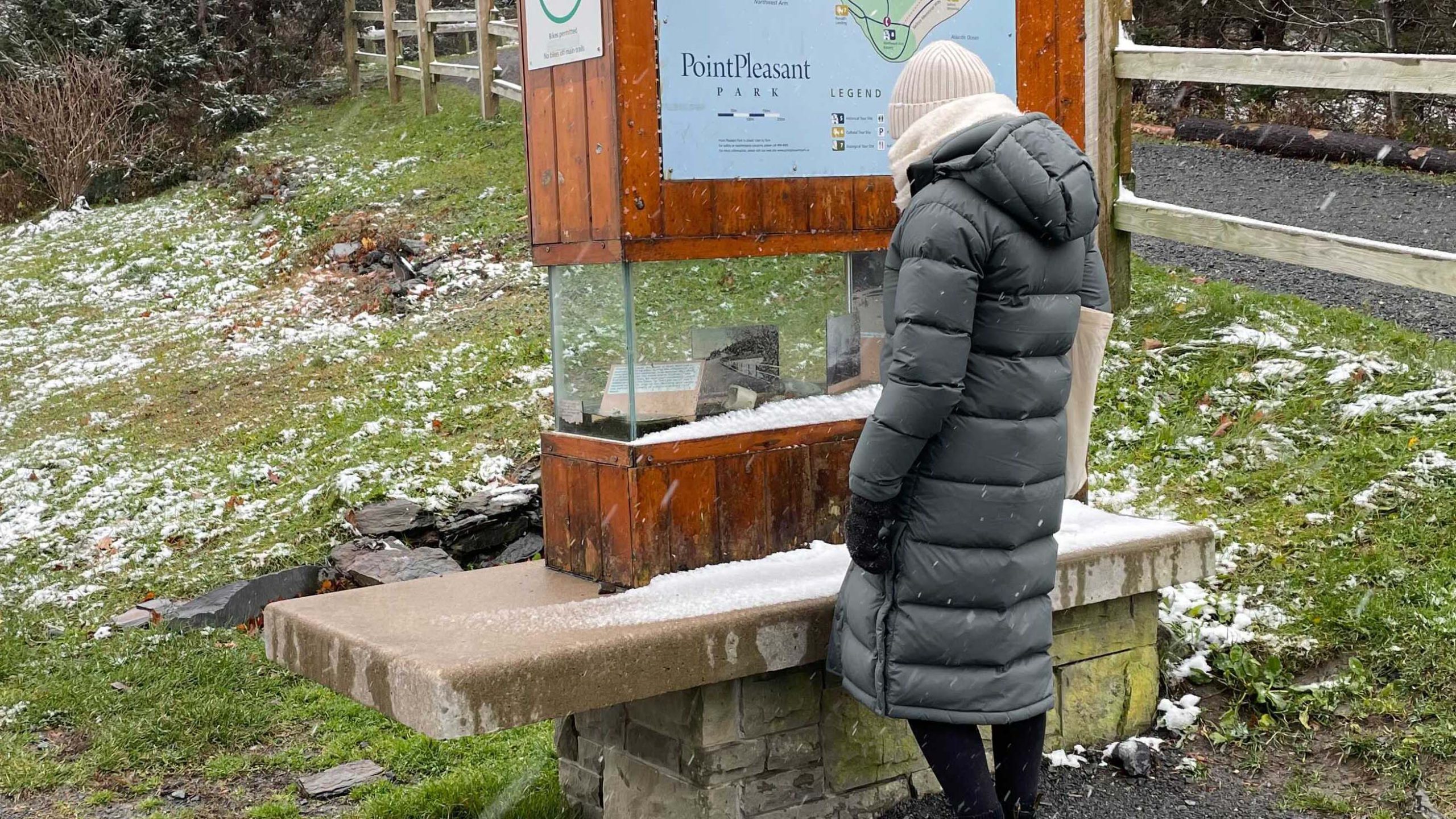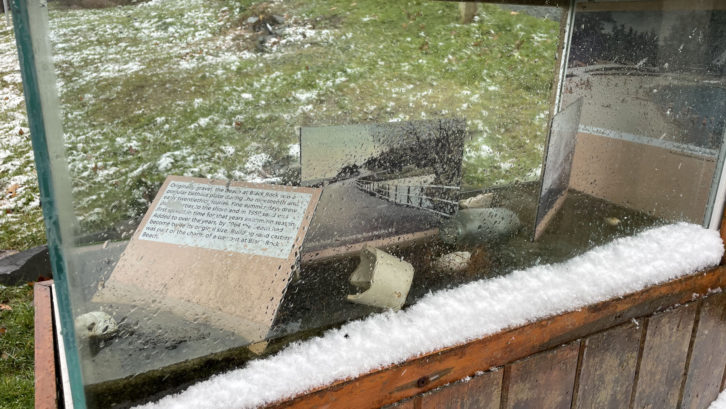Halifax committee considers using park display cases to commemorate Mi’kmaq history
Past exhibits at Point Pleasant Park 'got kind of run-down'

caption
Point Pleasant Park's advisory committee is to discuss the use of display cases to illustrate Indigenous use of park lands both before and after contact with European settlers.Using the Point Pleasant Park display cases to create small historical exhibits may not be the best idea, says a Nova Scotia historian.
Roger Lewis, Mi’kmaq curator for Nova Scotia Museum, said that previous efforts to use display cases as historical exhibits have not been successful.
“I know they made an attempt at it a few years back and they put exhibit boxes up with Mi’kmaq artifacts in them and they got kind of run-down,” he said.
Ahead of the Nov. 25 Point Pleasant Park advisory committee meeting, former chair Brian MacDonald proposed a discussion on the use of the display cases in the park to illustrate Indigenous use of the land before and after contact with European settlers. Related stories
The committee deferred discussion on the display cases until the next meeting in January, and asked staff to invite an Indigenous community member to participate in the discussion.
MacDonald declined to be interviewed about the proposal.
Throughout Point Pleasant Park, there are park maps with glass display cases below used as small historical exhibits. Some display cases are being used and many are vacant.

caption
Some display cases at Point Pleasant Park have been used to display historical information and artifacts from the Mi’kmaq community.Halifax municipal archives show that the park was an important Mi’kmaq gathering place known as Amntu’kati, or “spiritual place.”
Lewis said that the best way to make use of the display cases are to focus on all of Mi’kmaq history, not just the history of the park.
“The best you could do is talk about the history of the Mi’kmaq in general,” he said. “At one time there wouldn’t have been any boundaries, city boundaries … it would have been just plain Mi’kma’ki, which included New Brunswick, Nova Scotia, P.E.I. and Newfoundland.”
The committee’s January meeting has yet to be scheduled.

